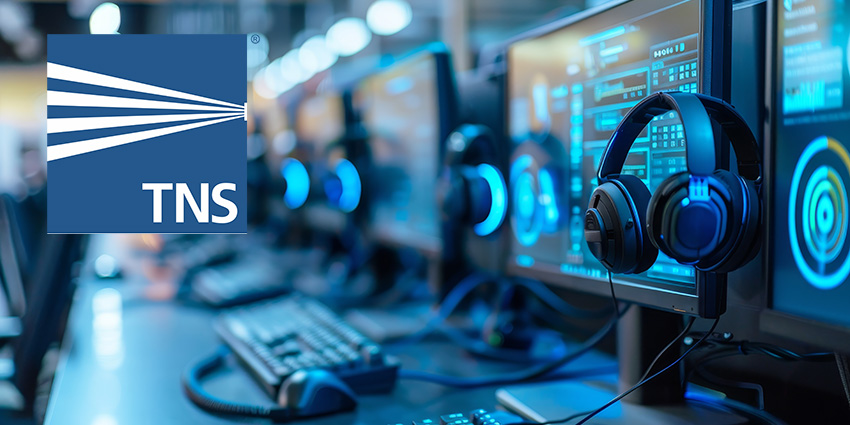It’s safe to say that the environment for consumer contact is evolving. Today’s customers expect better, more immersive experiences from their favourite companies, and contact centre technologies are growing as a result.
Some of the most significant trends appearing in the contact centre lately involve the combination of artificial intelligence and automation. While AI helps to give contact centre agents more useful information to work with during customer conversations, automation ensures that simple and repetitive “busy work” is removed from the workflow, so that employees can focus on the interactions that matter.
Sub-sections of the artificial intelligence environment like voice and facial recognition may help to take contact centre conversations to the next level, according to Suzette Bouzane Meadows, the Director of Contact at KCom.
The Quest for Richer Customer Service
In a discussion about the rise of face and voice recognition software, Suzette commented that today’s businesses are looking for a way to create next-level customer experiences in an “always-on” environment. While the demand for automation is increasing, businesses also know that they can’t afford to risk the “human touch” in their customer conversations.
Although many of today’s customers are growing more familiar with the concept of communicating with robots thanks to things like Amazon Alexa and Google Home, they still want a human agent to help them with complicated issues. Although AI may never be able to replicate the human experience, Suzette believes that an agent capable of recognising a consumer voice or face will create a more personal, customised experience that today’s clients will appreciate.
What Can Voice and Face Recognition Do?
There are plenty of ways that voice and face recognition may begin to play a part in the contact centre environment. Already, voice-focused technology and biometrics are making a difference in the way that we manage security from a customer contact perspective. Systems for “voiceprinting” can check for unique nuances in a customer’s voice to determine that a person is who they say they are when they call to check up on the status of an order or complete a transaction. Voice recognition is starting to make a difference in the fight against fraud.
Additionally, speech recognition will also be helpful in ensuring that contact centres can eventually reach the “always-on” scenario for customer service. Virtual agents will be able to handle complicated queries at any time or day or night, by using the recognition of a customer’s voice to help them load up contextual information and account preferences. For instance, an AI system may hear a user’s voice, use it to unlock a customer file, and take the details in that file to discern that a customer may want to talk about their most recent purchase.
Speech and Face Analytics are Evolving
It’s strange to think that we’re already living in a world where bots are capable of recognising people based on distinct voice patterns and facial details. Although facial recognition is still less pronounced than text and voice analysis in the contact centre, all of these technologies are quickly gaining popularity as contact centres search for ways to enhance the customer experience and gather useful data for the future.
Today’s speech analytics software can even go beyond the words that a customer says to analyse their attitude or “sentiment.” The more you know about how customers feel when they’re interacting with your brand, the easier it becomes to create a customised experience that your clients can genuinely appreciate. Since emotional connections are the only real avenue to brand loyalty, it makes sense to gather as much of this sentimental data as possible. When facial recognition makes its way into the sentiment analysis space, we’ll have even more ways to recognise the thoughts and feelings of customers – even in real-time store-based scenarios.
Voice and facial recognition technologies are quickly demonstrating that they have an essential role to play in the future of customer and company conversations.







